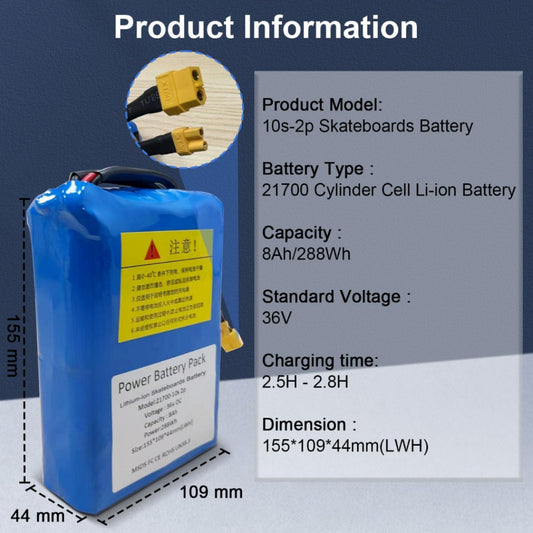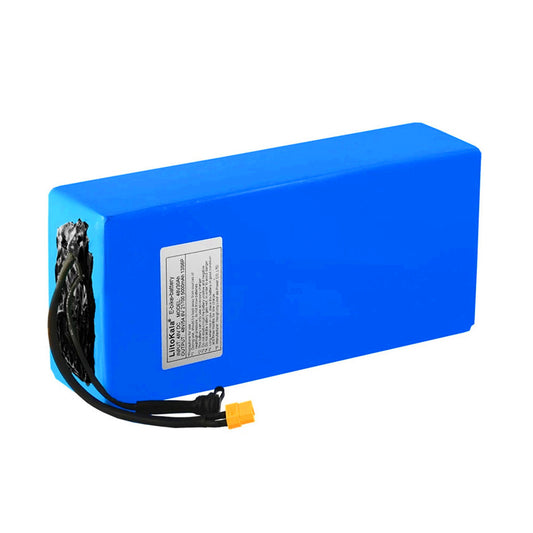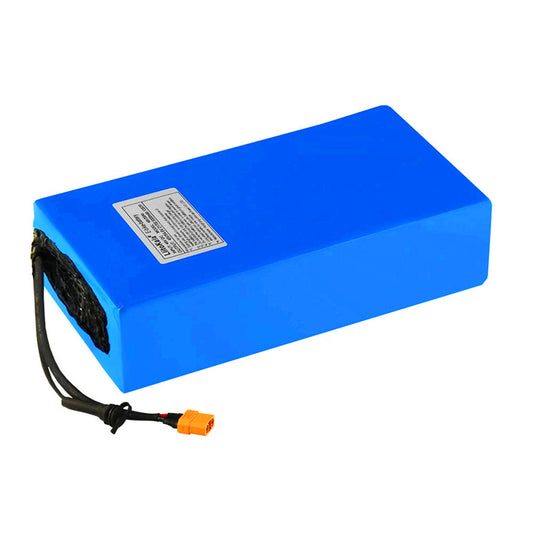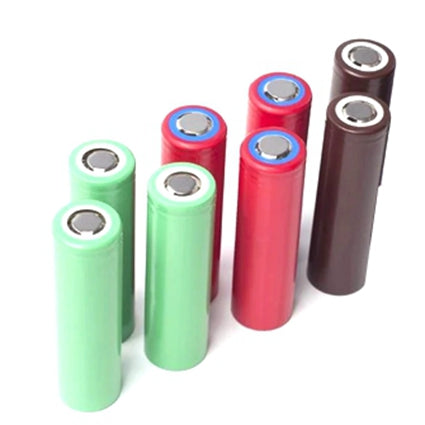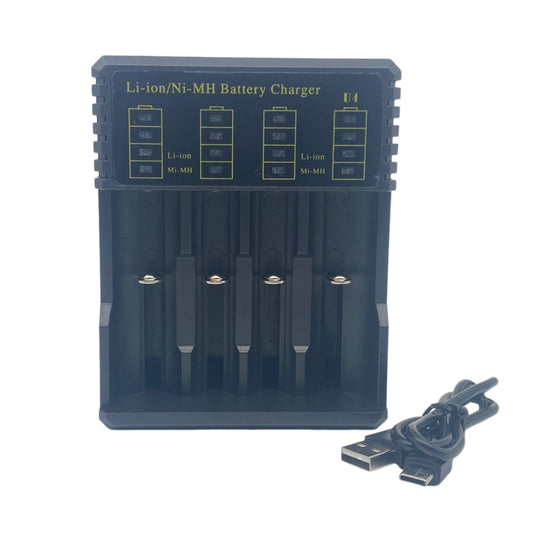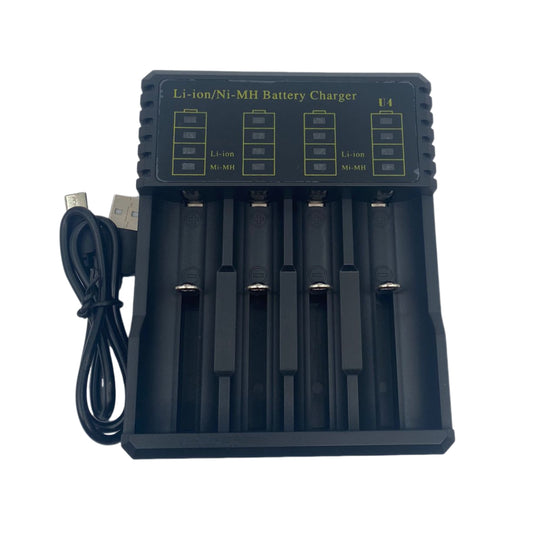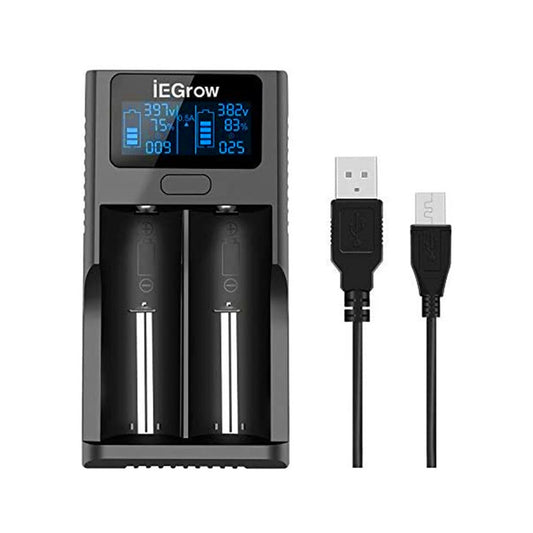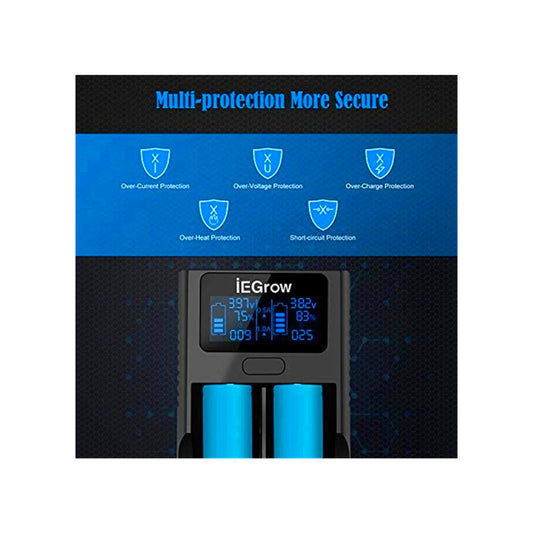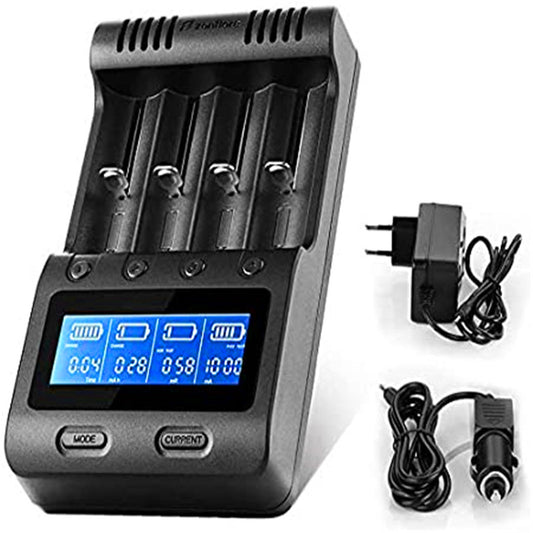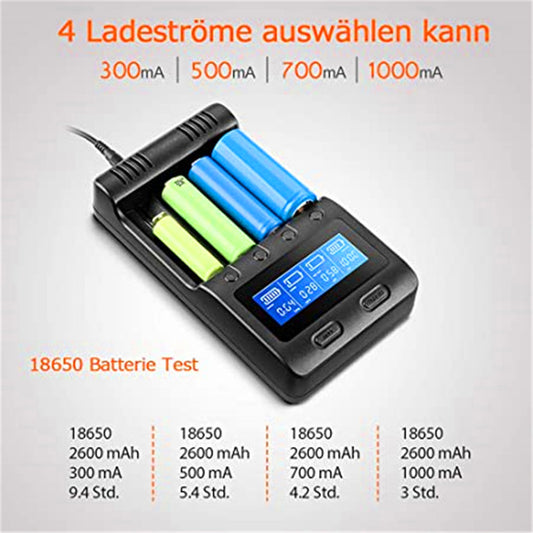In portable and consumer electronics fields, 18650 batteries are widely used due to their standardized size and high energy density. From flashlights to electric vehicles and home energy storage systems, they have become important components. It can be said that 18650 batteries have become a part of our daily lives.
Understanding the basic characteristics of these batteries, especially the key performance indicator of voltage, is significant for ensuring device performance and safety. So BatteryInt hopes to spread the facts about 18650 batteries voltages, including the definition of voltage, common standards, and the impacts on battery performance, to help consumers better know how to use 18650 batteries.
What is the Voltage of 18650 Batteries?
Voltage Meaning
Voltage is defined as the difference in electric potential energy. That is, the work done by a unit charge moving from one point to another in an electric field. Simply put, voltage is the force that drives the flow of charge.
In 18650 batteries, voltage determines how much power the battery can provide and its charging and discharging efficiency.
The Role of Voltage in Batteries
The higher the voltage, the more energy can be stored in a battery of the same capacity, thus providing greater power output. The most direct example is: Most 18650 batteries, when fully charged, reach a voltage of 4.2V, which is higher than the nominal working voltage of 3.6V or 3.7V.
These parameters are important for technicians and even consumers using devices with 18650 batteries, as they affect the efficiency and safety of device operation. For example, for power tools or electric vehicles that require an efficient power source, multiple batteries need to be connected in series or parallel to form an 18650 battery pack to meet the needs for high voltage or high energy.

The Common Voltage of 18650 Batteries
18650 batteries have a standard size. Similarly, their voltage also follows a standard. Although different 18650 batteries may have slight variations due to different electrolytic chemical materials, they generally have similar voltage standards.
Understanding these voltages and their variations is crucial for batteries use correctly and maintenance.
Common Voltage Standards
For most 18650 batteries, their nominal voltages are 3.6V or 3.7V, which is the average voltage under normal operating conditions. When fully charged, these batteries typically reach a voltage of 4.2V.
Differences in Voltage Standards by Different Materials
Lithium-ion BatteriesUsing lithium cobalt oxide (LiCoO2) or lithium nickel manganese cobalt oxide (NMC) as the cathode material, lithium-ion batteries usually have higher energy density and voltage. They have a nominal voltage of 3.6V or 3.7V and a fully charged voltage of 4.2V.
Lithium Iron Phosphate (LiFePO4) BatteriesThe Lithium Iron Phosphate (LiFePO4) batteries provide nominal voltage of about 3.2V and a fully charged voltage of 3.6V or 3.65V. As relatively lower voltages, they often have a more stable discharge curve and a longer cycle life.
What Factors Affect the Voltage of 18650 Batteries?
The voltage of 18650 batteries is affected by a lot of factors, including the battery design, materials and various usage conditions. Understanding these factors can help improve battery performance and prolong battery life.
Battery chemical composition
The basic voltage level of the battery is mainly determined by its chemical materials. For example, lithium cobalt oxide (LiCoO2) 18650 batteries typically have a nominal voltage of 3.6V or 3.7V, while lithium iron phosphate (LiFePO4) 18650 batteries have a nominal voltage of 3.2V.
Charging and discharging
ChargingDuring charging, the battery voltage gradually increases until it reaches the maximum limit, like 4.2V. It is caused by internal chemical reactions and the accumulation of charge.
DischargingDuring discharge, the voltage gradually decreases because the battery releases stored charge for use by external devices.
Working Environment
TemperatureLow temperatures can increase the electrolyte viscosity and internal resistance leading to a decrease in voltage. Although high temperatures can reduce internal resistance, they may accelerate battery aging.
HumidityMoisture in extremely humid environments can cause internal short circuits in the battery, affecting voltage stability or even damage the battery.
High loadUnder high load conditions, the battery's voltage may drop significantly due to increased internal resistance. This is because when the battery outputs a large current, its internal electrolyte and electrode materials must respond quickly, but the technology may not yet meet this response speed.
Battery AgingAs the battery ages, some changes occur inside, such as the gradual depletion of materials inside the battery, the slow thickening layer of the solid electrolyte, the by-products produced in chemical reactions, and changes in the physical microstructure, all of which lead to a decline in the efficiency of chemical reactions.
Overcharging and Overdischarging of 18650 Batteries
Overcharging
Overcharging occurs when the charging voltage of the battery exceeds its maximum design limit (such as 4.2V). Overcharging can increase internal pressure, cause overheating, damage to the internal structure or uncontrolled chemical reactions, posing safety risks like fires or explosions. Additionally, overcharging accelerates the chemical degradation of the battery, shortening its lifespan.
Overdischarging
Overdischarging refers to discharging the battery below its designed minimum voltage threshold (usually around 2.5V). Overdischarging can cause permanent changes to the internal chemical structure of the battery, reducing its charging capacity and total energy output.
An extended period of overdischarging may also lead to the battery being unable to recharge or not working anymore.
How to avoid overcharging and overdischarging?
There are 2 popular ways to avoid overcharging and overdischarging: using a BMS and using a smart charger.
Battery Management System (BMS)
Adding a Battery Management System (BMS) can significantly enhance the safety and performance of the battery. The BMS is key equipment designed to protect the battery, capable of real-time monitoring of the battery's voltage, current, temperature, and other performance parameters. It prevents overcharging and overdischarging by automatically cutting off the power, ensuring that the battery operates within a safe voltage range.
Smart Chargers
Using a smart battery charger that matches the battery specifications is also an effective strategy to prevent overcharging. Smart chargers adjust the charging strategy based on the actual status of the battery, avoiding exceeding the battery's maximum charging limits.
Some advanced chargers also come with automatic diagnostic and repair functions, which can automatically recover charging when the battery voltage is too low.
How to Maintain 18650 Batteries?
Proper maintenance and care can prolong life and improve performance of 18650 batteries. Here are some key tips for reference:
Avoid Extreme Temperatures
Storage and usage temperature
Avoid use and store batteries in extremely hot or cold environments. Too high temperatures can accelerate the chemical reactions in the battery and reduce its lifespan; too low temperatures may reduce the battery's effective capacity and discharge efficiency.
Environmental control
Use and store the battery in a mild environment within a temperature range of about 20°C to 25°C.
Regular Charging and Discharging
Avoid deep discharge
Not to discharge the battery completely to zero. If your battery voltage drops to 3.0V, it is time to charge the battery.
Periodic charging
If the battery is not used for a long time, it is advisable to perform a charge-discharge cycle every few months to maintain the battery's activity.
Clean the Battery and Contacts Clean Contacts
Contacts Clean
It is advised to regularly clean the battery's contacts with a clean soft cloth to ensure good connectivity. A small amount of alcohol can be used for gentle wiping, but do not use water or other conductive materials.
Prevent Corrosion
Check for signs of corrosion on the battery. If you find it, clean the corrosion timely to prevent further damage.

Use Appropriate Chargers
Use a charger suitable for 18650 batteries, ensuring that the charger's voltage and current settings match the battery's specifications. And you can monitor the charging process to avoid overcharging and overheating.



